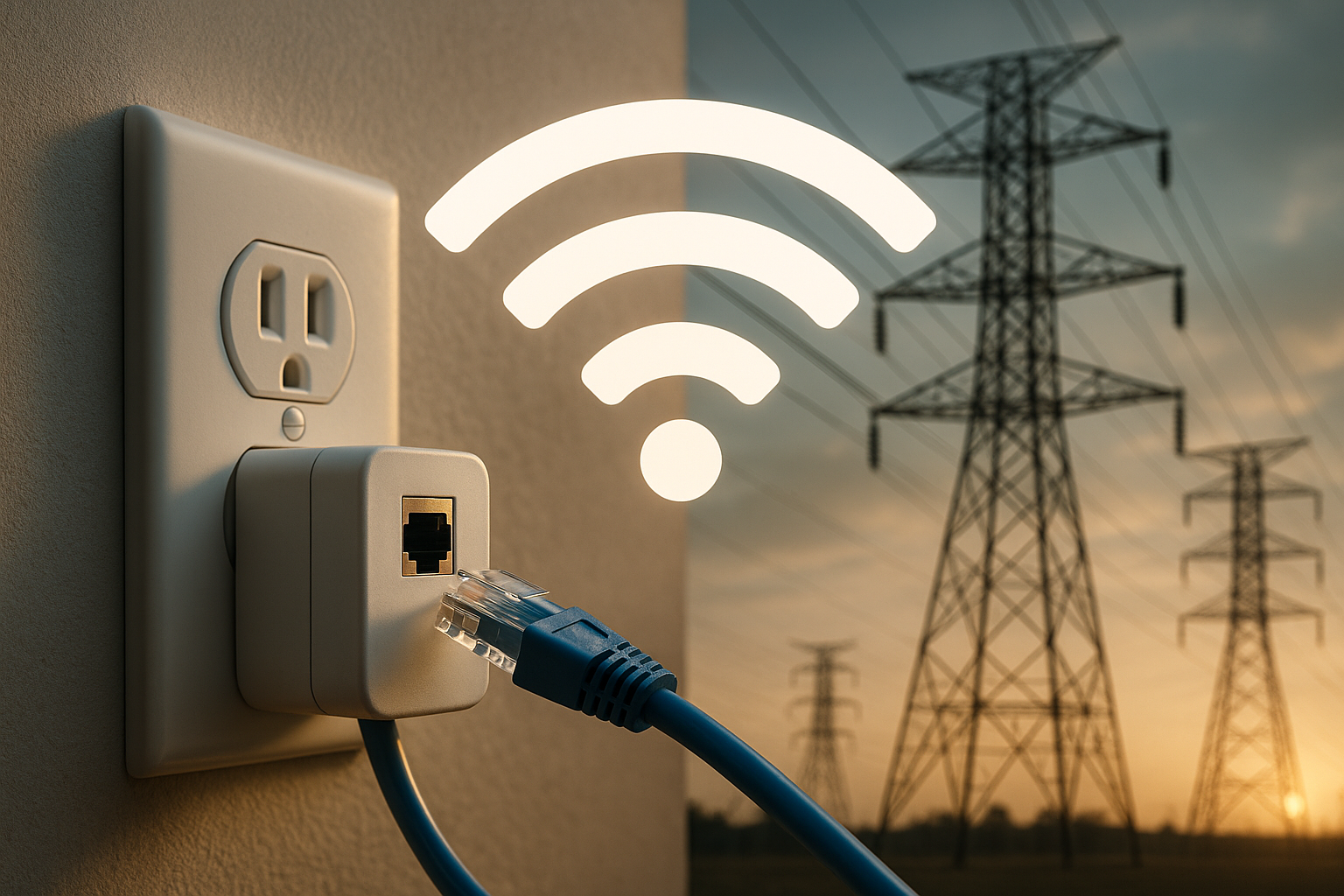Broadband Over Power Lines: A Hidden Gem in the Internet and Telecom Sector
Did you know that the same electrical outlets that power your devices could also deliver high-speed internet? This isn't a futuristic concept—it's a technology known as Broadband over Power Lines (BPL). While it's been around for a while, it might just be the telecom industry's best-kept secret.

The Genesis of Broadband Over Power Lines
BPL is a method of communication that allows data to be transmitted over existing power lines. This technology was first developed in the 1950s as a way to control electrical grids remotely. However, it wasn’t until the early 2000s that BPL was seriously considered as a means of providing internet access. BPL has the potential to provide high-speed internet access to virtually every outlet in a home or business without the need for additional wiring.
The Technology behind BPL
BPL works by superimposing a modulated carrier signal onto the standard alternating current (AC) that is carried on power lines. However, one of the major challenges in implementing BPL is the noise present in power lines. To overcome this hurdle, the technology uses adaptive modulation techniques, which allow the signal to adjust to the noise levels on the power line. This ensures a reliable and high-speed internet connection.
The Impact of BPL on the Telecom Sector
The potential impact of BPL on the telecom sector is significant. BPL could provide a competitive alternative to DSL and cable internet services, especially in areas where these services are not available. Moreover, because BPL uses existing infrastructure, the cost of deployment could be significantly lower than that of traditional broadband solutions.
Challenges and Future Prospects
Despite its potential benefits, BPL is not without its challenges. One of the major concerns is the potential for BPL to cause interference with radio frequencies. However, advancements in filtering and shielding technologies are helping to mitigate these concerns. With the ongoing developments and the push for universal broadband access, BPL could play a pivotal role in shaping the future of internet and telecom services.
In conclusion, Broadband Over Power Lines is a largely untapped resource in the telecom industry. While it may not be the most widely recognized technology, its potential in transforming the way we access the internet is immense. From its humble beginnings in the 1950s to its current promise of delivering high-speed internet through our power outlets, BPL is a technology worth watching.




